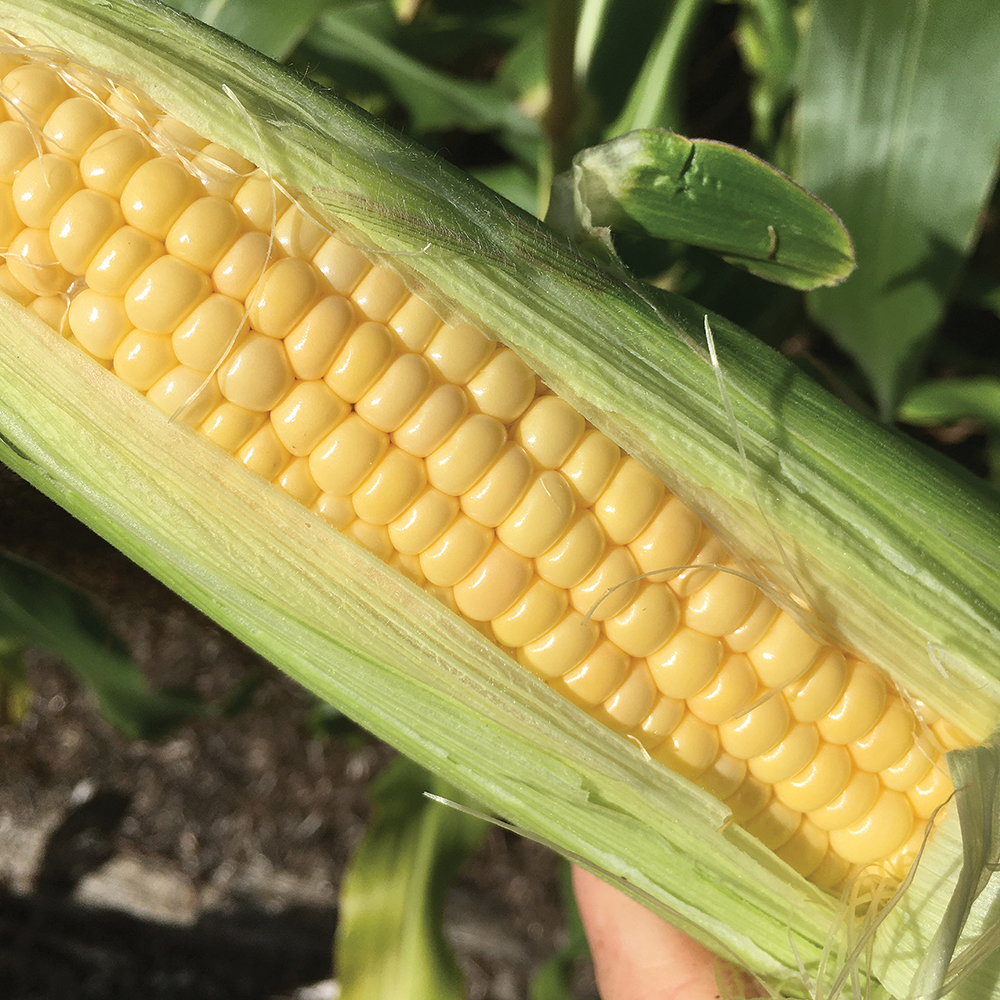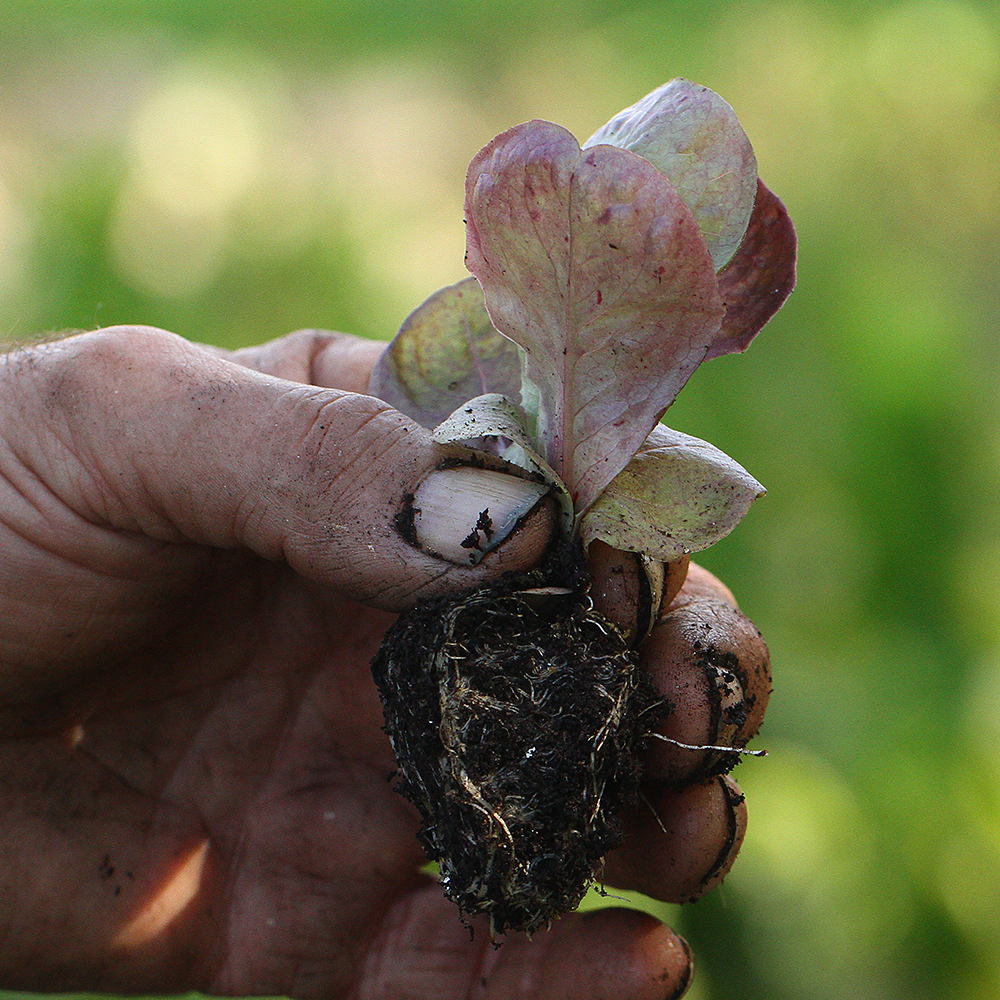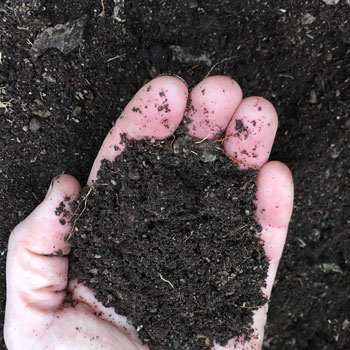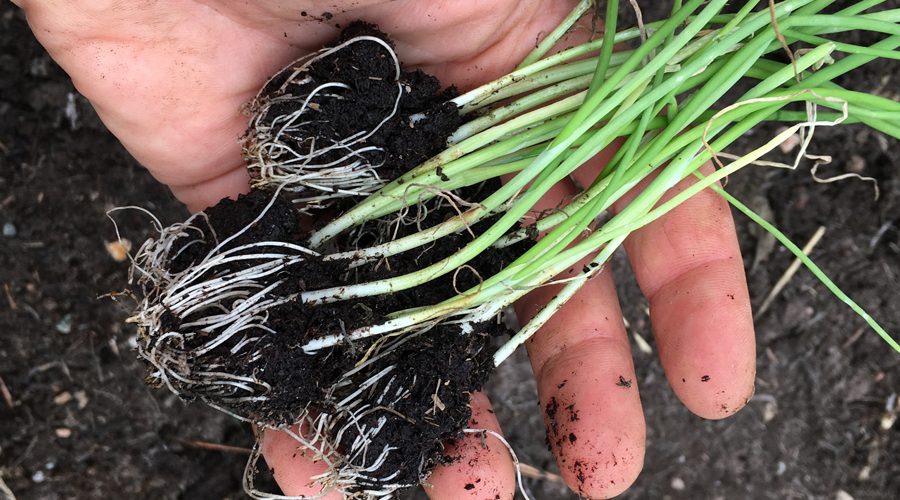August is here and summer will soon start to wind its way into autumn. There is plenty to harvest, there are valuable jobs to be done and there’s a brief opportunity to plant up so that you can keep growing a few crops over autumn and winter.

Harvesting
- Harvest fruiting crops like peas, beans, tomatoes, chillies and courgettes regularly right through till autumn – they will keep on coming!
- Most root veggies and leeks can stay in the ground until you want to use them but it is best to pull up carrots and beetroot before the first frosts. Parsnips, celeriac, swede and turnip will be ok to harvest later in the winter.
- Don’t harvest winter squash and pumpkins until late autumn when the stalks start to dry out and the skins harden. It’s worth pruning out some of the leaves/excess vines to let the sunshine ripen up the fruits once you have a few growing on the plant.
- Keep harvesting salads and lettuces as cut and come again for as long as you can – they may well be trying to bolt in the dry, warm summer we’re having.
- Sweetcorn – harvest baby corn while tassels are still blonde, and harvest full size sweetcorn when tassels turn black/very dark brown.
- There should be plenty of berries and currants to pick – make sure the birds don’t get there first!
- Pick spinach, chard & kale leaves as and when you want to use them. They should keep going for several months.
- Sprouts, cabbages, cauliflower usually mature from late autumn, but keep an eye on them as things may be growing quicker than normal this season. They normally stand well as the weather turns cold so they do not need to be harvested immediately. Broccoli might start sprouting in late autumn, or next spring, depending on when you planted.
- If you haven’t harvested spring planted onions yet, this is a good time to do so – you can dry the skins in the sun so that they store well.
This doesn’t cover everything, but will give a good idea. Don’t forget that we have individual growing guides in our help section if you are unsure about when to harvest your veggies.

Planting
August:
We’ve got about a week left for last minute summer planting in August. Things will grow quicker than at the start of the season because the soil is warm and we have long daylight hours – you can happily get a few beetroots and carrots in the ground, as well as leeks to see you through the winter. It’s a great time for planting cabbages, cauliflower, broccoli, kale and turnips – plant these extras now for a second cropping in winter. If your lettuces have bolted, get a few more planted now and you’ll be able to pick them within two or three weeks. Spinach and chard are good to plant now too for autumn harvesting.
September/October:
We normally start shipping autumn veg plants in early to mid September and keep going until late October. There are lots of interesting salad leaves you can grow, including mustard leaves, corn salad, landcress and winter lettuces. You can plant sprouting broccoli, kale, spinach, chard and cabbage greens in September and October as well. Root veg is limited at this time of year, but turnips and swede normally do well, especially in a milder part of the country. Pak Choi and Tatsoi are great to plant, providing something a little different to enjoy harvesting in late autumn/early winter.

Jobs to do
For now, you can more or less enjoy watering and harvesting along with the odd bit of weeding and pest control perhaps! As we move into autumn, there is usually a little more to do:
CLEARING UP: Clear old plants and ideally pop them in the compost heap. Bamboo supports can be taken down and put away so that you can re-use them next year. Tidy away unused pots and containers so that they don’t become a refuge for slugs and snails.
COMPOST: If you don’t have a compost system going, now is a great time to start. Start a leaf mould – rake up falling autumn leaves towards the end of the month and pop them in a chicken wire cage to make a lovely rich leaf mould to use.
SOIL: Improve soil for autumn planting – a bit of extra compost or fertiliser will really help. Alternatively, if you won’t be growing again until next spring, then add well rotted manure or compost to beds once they are empty and cover them for the winter. Cover weed-ridden areas with weed membrane or cardboard ready to use for veg next spring. You could cover them with well rotted manure before adding the membrane to enrich the soil.
PREPARE FOR COLDER WEATHER: If you are growing in a greenhouse/polytunnel, wash them down so that maximum sunlight can get in. Make cloches or get fleece tunnels ready for frosty weather to keep your autumn and winter crops warm – they will grow better if you can keep them warm.
PRUNING – There are plenty of fruit bushes and canes, as well as herbs, that will benefit from pruning in autumn – we’ll keep you in the know in our Weekly Veg Out newsletters.

